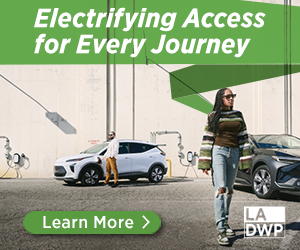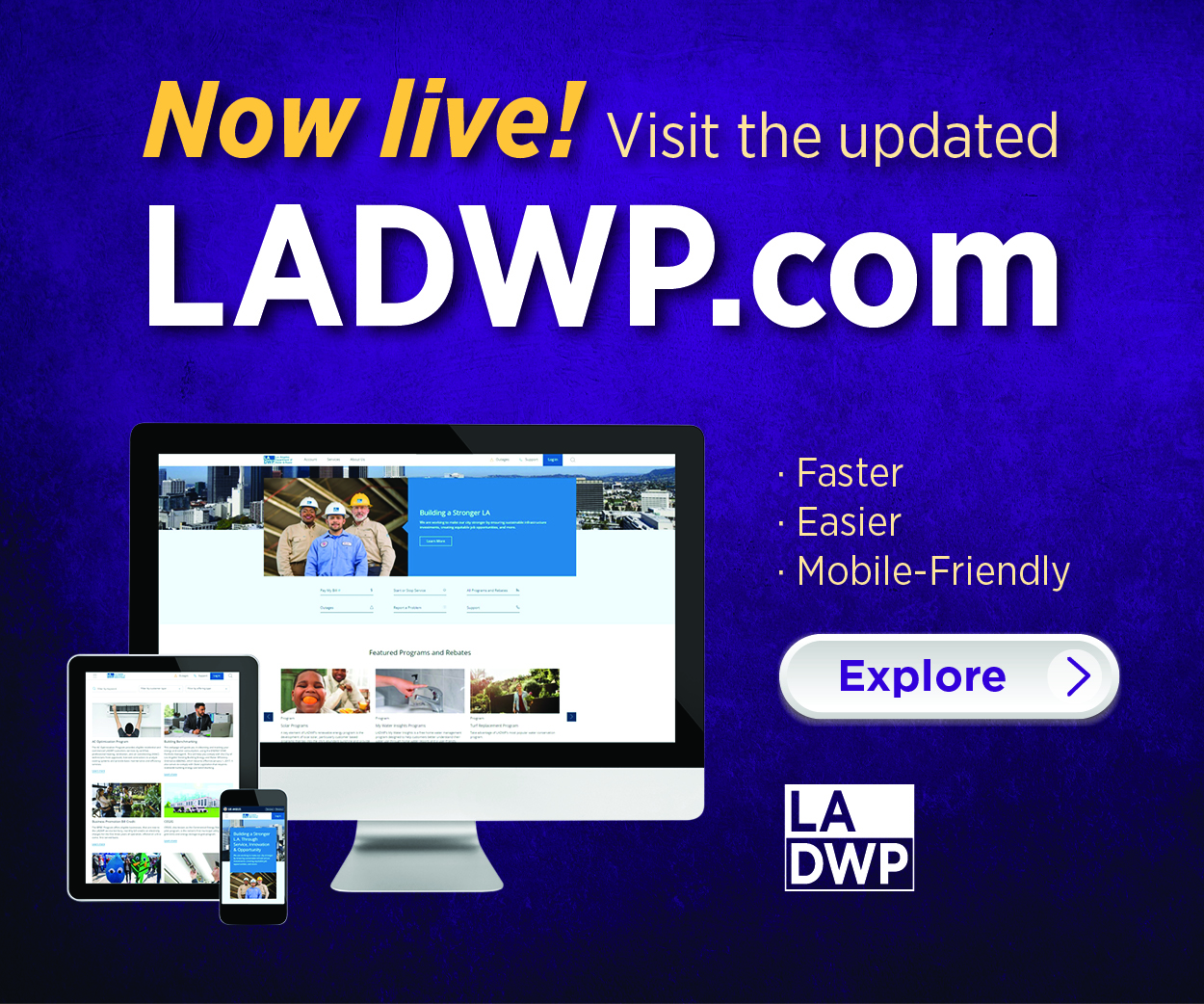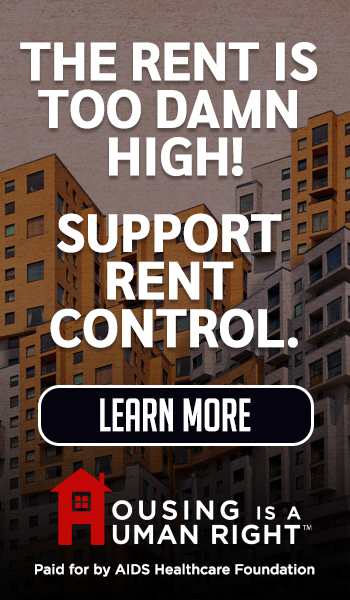Comments
LA TRANSPO - Motor vehicles have greatly influenced our culture. Over time, they have become status symbols and are cherished for providing us with personal mobility, independence and freedom.
But they have also severely tarnished our lives with exhausts that cause respiratory and cardiovascular diseases, pollution discharges that contribute the global warming and environmental degradation.
The resultant health risks, environmental impacts and perpetuation of social inequalities are plentiful, and only decades of concerned and pioneering efforts have brought the car under control.
Now we are told that some environmentally inspired programs, such as recreation trails and bicycle lanes are: "hostile to motor vehicles". Consequently, President Trump has ordered the U.S. Department of Transportation to pull back grants already announced for recreational trails and bicycle lanes, a move considered unprecedented for an administration to take, to reverse grants awarded by a predecessor without compelling reason.
The department has notified local governments in at least six states-including California that funds previously allocated under the $1.1-trillion infrastructure law signed by President Biden in 2021 are being withdrawn. This drastic change is a dramatic and negative signal for supporters of mass transit and biking, shifting emphasis to preserving and expanding lanes for cars and trucks.
For the benefit of the auto and oil lobbies, the administration`s decision to reject greenways and bike paths is wrong, and it overlooks their benefits: safe recreation, improved public health economic growth through tourism and stronger community ties and heritage preservation.
I remember fondly the railroad tracks near the home where I was born and raised in Athens. Walking along the tracks with friends, we would dream and fantasize, and play soccer next to the tracks, sometimes losing our treasured ball to the bolting train.
Therefore, when in the 1990s I read articles on greenways, instantly reminding me of my youth’s innocent adventures, inspiring me to promote greenways and bike paths into the development of Los Angeles County’s rail corridors. I was instantly intrigued by the rising interest in combining greenbelts and parkways that I found in those articles. These were the elements that led to the creation of conceptual greenways that I began to promote within the Southern California Rapid Transit District and the Los Angeles County Transportation Commission. I worked diligently to gain additional support from other members of the two agencies’ boards with similar interests.
The initial application of this concept had limited success in bringing to the attention the development of expanded bikeways when the transportation commission was in the process of purchasing rights-of-way from Southern Pacific and Santa Fe railroads to expand the Metro Rail and Metrolink systems. I believed that this concept could be applied to other railroad rights-of-way in other parts of the county. But the momentum developed and quickly became a motivator for other Metro non-motorized transportation improvements.
Greenways and bikeways became integrated into Metro’s countywide Transportation Improvement Plans by the mid-1990s as the Southern California Rapid Transit District and the Transportation Commission merged into the Los Angeles County Metropolitan Transportation Authority. However, as is always the case with “new” transportation modes that were evolving in the region, there was often more advocacy and creativity than credibility or funding. Every new advance in transportation technology faced a wall of skeptics, and rules and regulations antagonistic to change. But the effort did plant a seed that has continued to expand greenway and bikeway improvements throughout Los Angeles County.
The first major step taken was to recognize bicycling as a legitimate means of regional transportation worthy of investment. The Metro board had already passed several motions to “conceptualize” greenways in various areas of the county, most along rail rights-of-way owned by Metro or along existing flood control channels and river shed areas. Previously segmented bicycle/greenway improvements were perceived as local concerns fitting under parks and recreation improvements. Metro’s transportation interests and board actions shifted the transportation paradigm. After all, most of the household trips in Los Angeles were less than five miles and could complement bicycle use. And a sizable percentage of cyclists were from poorer households without the means to buy a car, especially when traveling to destinations inadequately served by transit.
In short, a significant percentage of bicyclists relied on the bicycle infrastructure to get to work. Of course, increasing bicycling could be one method of reducing regional traffic and demand. But there was a problem: most of the bicycle supporting infrastructure was in more affluent areas and often identified as recreational amenities.
Changing the transportation paradigm went beyond improving pedestrian connections to the returning rail system in Los Angeles County. This new awareness of transportation alternatives included heightened interest in other non-auto, or non-motorized methods of transportation in the region. Several independent but crucial elements were gaining political and environmental followings that challenged the disproportionate policy focus on the automobile.
The more recent immigrants from places not dominated by automobiles questioned the over-reliance on the auto-centric built form and transportation method. Rising concern for the environment, especially air quality, and the different values of newer generations and populations, demanded a shift in focus on what transportation in Los Angeles would look like. Innovative ideas from the local community often influenced the focus on enhancing the quality of the transportation experience, particularly with the new rail developments. Metro’s public outreach became an opportunity to evaluate different transportation options.
Metro’s planning staff began to incorporate findings on active transportation’s effects on health and on increasing non-motorized access to transit. It had the means and funding to help build street and pedestrian improvements near transit, but it still needed to convince others in the transportation world that such investments were cost-worthy. One clear voice on health and transportation came from the University of California, Los Angeles, professor Dr. Richard Jackson of the Fielding School of Public Health. Independent of Metro’s interest, Dr. Jackson was in the process of detailing the health effects of the quality and design of a child’s physical environment. His advocacy identified how the built environment can cause or prevent illness, disability, and injury; therefore, a high-quality environment is essential for children to achieve optimal health and development.
Other researchers confirmed that increasing park acreage has the potential to increase life expectancy for Los Angeles County residents in areas that have less tree cover or lower vegetation levels than the county median. One clear finding was that Los Angeles County census tracts with less tree cover were typically “park poor,” disproportionately low income, and primarily home to people of color. Further, real estate valuation consistently recognizes that the presence of park amenities, trails, and bikeways translates to higher real estate values. This continued a cycle in which health benefiting facilities increase home values. Contrary, when economic forces push the relocation of poorer populations to areas of lesser quality environmental benefits the result is a decrease in life expectancy within those relocated populations.
The South Los Angeles Health Equity Scorecard, the result of the efforts of the Community Health Councils formed in 1992 and the Coalition of Health and Justice founded in 2004 with a mission to improve health, health education and improving health access, explored the relative availability of Physical Activity Options between different neighborhoods based on eighteen categories. A stark contrast exists between the physical environmental resources between South Los Angeles and the overall Los Angeles County, with an even greater contrast with wealthier households in West Los Angeles.
The Scorecard showed a disparity of 79 percentage points in availability of Physical Activity Options between South Los Angeles and West Los Angeles. The willingness of non-automobile travelers—distance walkers, bicyclists, transit riders, and the public was found to be diminished without the supporting greenway/park amenities. When the physical environment encouraged walking, bicycling, or other non-motorized alternatives, more physical activity followed. These factors in built form may play a role in disparities in health outcomes between South Los Angeles and other areas of Los Angeles.
Dr. Thomas Frieden, director of the Centers for Disease Control and Prevention, noted that physical activity is the closest thing we have to a ‘wonder drug,’ and that being active is one of the most important things people of all ages, sizes, and shapes can do to improve their health.
How well I remember a specific saying by Aristotle that made my determination to push for the greenways concept: “The physician heals, Nature makes well.”
(Nick Patsaouras is former president of the Southern California Rapid Transit District and former Metro board member. Parts of this commentary are drawn from his book "The Making of Modern Los Angeles")






